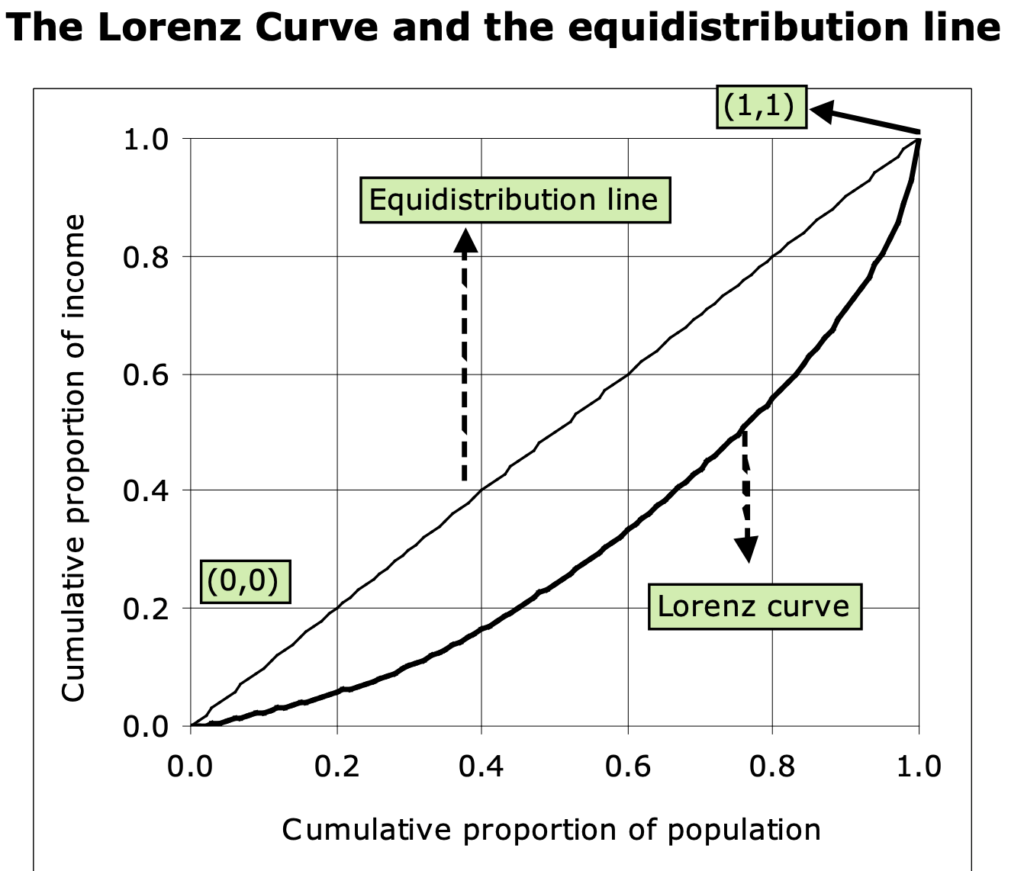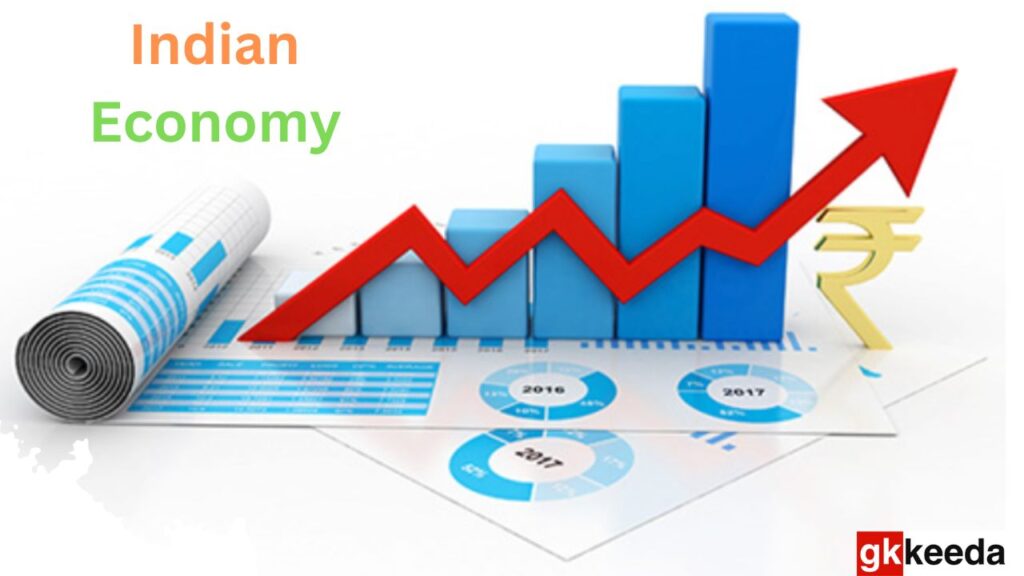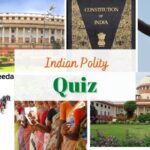Indian Economy
Indian Economy GK Quiz covers External Sector and Currency Exchange Rates, International Trade and Bodies, Agriculture, Industrial Sector, Infrastructure, National Income Accounting, Money and Banking Capital Market and Money Market, Inflation and Employment, Government Budgeting and Fiscal Policy, External Sector, and Currency Exchange Rates, International Trade Bodies.
1. Which institution is known as the “Soft Loan Window” of the World Bank?
(A) International Financial Corporation (IFC)
(B) International Development Association (IDA)
(C) International Monetary Fund (IMF)
(D) Indian Development Forum
Show Answer
Correct Answer: (B)
Explanation:
About International Development Association (IDA)
- It was founded on 24 September 1960.
- It provides concessional loans and grants to the world’s poorest countries.
- IDA is a member of Word Bank Group.
- Headquarters – Washington, DC, US
2. Which of the following curve indicates the relationship between the distribution of income and inequality in an economy?
(A) Laffer Curve
(B) Philips Curve
(C) Lorenz Curve
(D) Kuznet Curve
Show Answer
Correct Answer: (C)
Explanation:
About Lorenz Curve
- It is a graphical representation of income inequality or wealth inequality in the economy.
- It was developed by American economist Max Lorenz in 1905.
- The graph plots the percentage of the population on the horizontal axis according to income or wealth and cumulative income or wealth on the vertical axis.

3. National Income Estimates in India are prepared by
(A) Central Statistics Office (CSO)
(B) Reserve Bank of India (RBI)
(C) Finance Ministry
(D) NITI Aayog
Show Answer
Correct Answer: (A)
Explanation:
About National Income
- It is the total value of goods and services provided by the country in a financial year.
- It is prepared by CSO.
About Central Statistics Office (CSO)
- It was formed on 2 May 1950 and works under the Ministry of Statistics and Programme Implementation.
- The office of CSO is located in Delhi.
- Important functions performed by CSO
- Prepare the Consumer Price Index (CPI) and Index of Industrial Production (IIP).
- Conduct Annual Survey of Industries,
- Conduct Economic Census and follow-up surveys.
4. Which of the following expenditures form part of revenue expenditure?:
- Salaries.
- Major Subsidies
- Defence Expenditure
- Expenditure for creating new infrastructure
Select the right code:
(A) 1, 2, and 3 only
(B) 1,3 and 4 only
(C) 1 and 3 only
(D) 1, 2, 3 and 4
Show Answer
Correct Answer: (A)
Explanation:
About Revenue Expenditure
- It is the expenditure incurred for purposes other than the creation of physical or financial assets.
- It neither creates assets nor reduces liabilities.
- It includes
- Payment of Interest
- Payment of salaries and pensions
- Grants (even though they may be meant for the creation of assets)and subsidies
- Education and health services
- normal functioning of the government departments
About Capital Expenditure
- It is a long-term expenditure and usually includes expenses incurred by the government for creating assets including developmental and infrastructural projects.
- It includes
- Construction of roads, bridges, and railways
- Purchase of land and machinery
- Investment in shares
- Repayment of loans
- Loans to states and foreign governments
5. Which of the following statement is true for International Monetary Fund (IMF)?
(A) It is not an agency of the United Nations Organisation.
(B) It can grant loans to any country in the world.
(C) The headquarters of the IMF is located in Geneva.
(D) It grants loans only to member nations.
Show Answer
Correct Answer: (D)
Explanation:
About International Monetary Fund (IMF)
- It was formed in 1945, having genesis from Bretton Woods Conference (1944).
- It is a specialized agency of the United Nations (UN) Organisation.
- Headquarters: Washington, DC, USA.
- It has 189 member countries.
- India is a member of the IMF.
- Reports released by IMF:
- Global Financial Stability Report
- World Economic Outlook




No Comment! Be the first one.